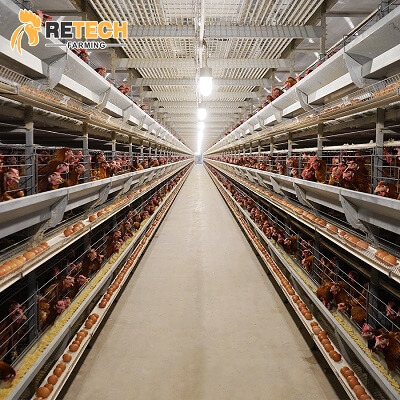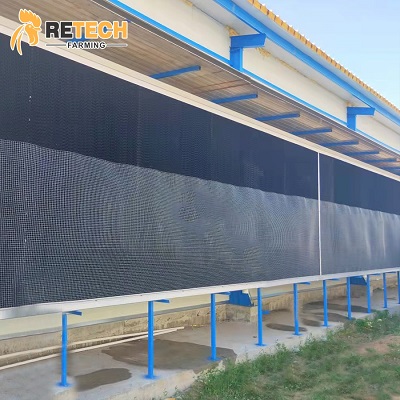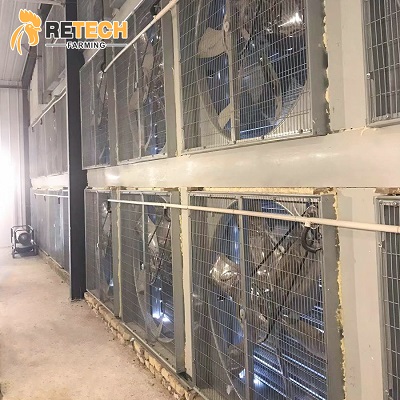Close search
 Published :
/
Published :
/ Posted by : Retch
Posted by : RetchAfter entering winter, the temperature drops to the lowest level and begins to enter the minimum ventilation stage. It is necessary to coordinate the contradiction between the insulation and ventilation of the chicken house in winter. Layer (broiler) chicken farming enterprises (fields) are facing the huge challenge of environmental control and management of chicken houses.
Achieving a suitable, stable, and uniform chicken coop environment is subject to the influence of various factors such as the structure of the chicken house, ventilation and heating equipment, age changes of the flock, seasonal weather changes, feeding and management methods, etc., especially in autumn and winter. Seriously master the principles and various management methods of chicken house environmental control.
Create a suitable environment for the flock
A suitable environment can be defined to ensure that the chickens feel comfortable in temperature and have appropriate ventilation, so as to ensure that the chickens are in an environment suitable for growth and production, and maximize various production performances. In order to ensure a suitable environment, the following three points need to be done:
Layer (broiler) chicken farms should formulate a temperature control program for the batch of chickens before each chicken feed, because the level of layer (broiler) chicken breeding is greatly affected by the season, and formulating a temperature program is equivalent to formulating a plan.
In the process of formulating the temperature program, it is necessary to consider not only the gains and losses of the temperature management of the batches of chickens in the same period in history, but also the season of this batch of chickens, especially the season from the late breeding period to the peak period.
For example, although 18°C to 25°C is the suitable temperature for the rearing period and laying period, but when the external temperature is low and the insulation performance of the chicken farm is poor and it is difficult to reach the target temperature, the temperature can be appropriately lowered to meet the ventilation volume of the chicken house, that is, in the chicken house Under the premise of ensuring the minimum air exchange rate, the temperature of the chicken house should be as close as possible to 18°C, which is beneficial to the growth and production performance of the chicken flock.

How to judge whether the body temperature of the chicken flock is appropriate?
When the temperature in the house is set high, regardless of the age of the chickens, they will spread their wings, stay away from heat sources, and open their mouths to pant; It will be more obvious in younger flocks or after turning off the lights at night.
In any season, the body temperature of the chickens should be considered. In the house, sometimes the temperature displayed by the thermometer is in the normal range, but the chickens are obviously cold or hot. This is due to the influence of the humidity and wind speed in the house. The perceived temperature is not suitable.

In autumn and winter, the appropriate ventilation rate of the chicken house must be considered, which needs to be determined by the temperature difference inside and outside the house. When the outside temperature is lower than the target temperature of the poultry house, the appropriate ventilation rate (autumn) or minimum ventilation rate (winter) is adopted. When the temperature is higher than the target house temperature, because the air entering the house is not cold, the comfort of the flock can be maintained by increasing the number of fans.
